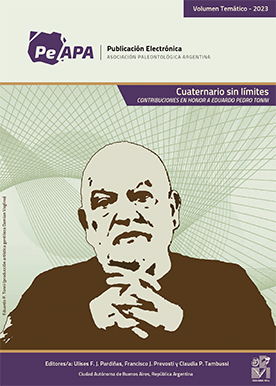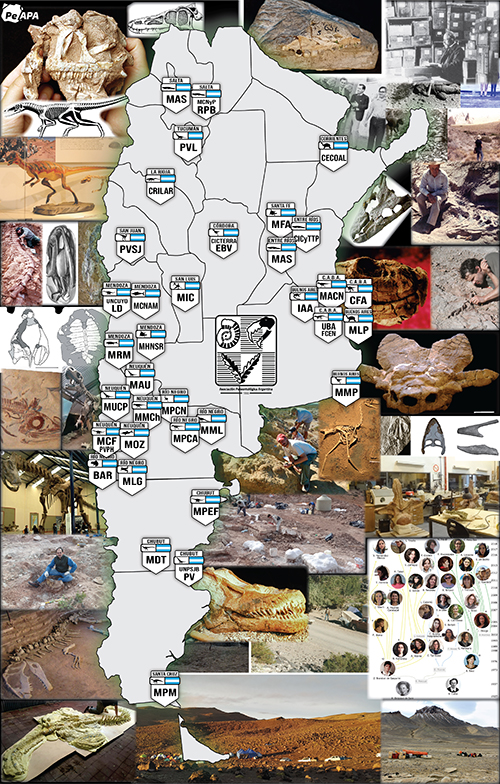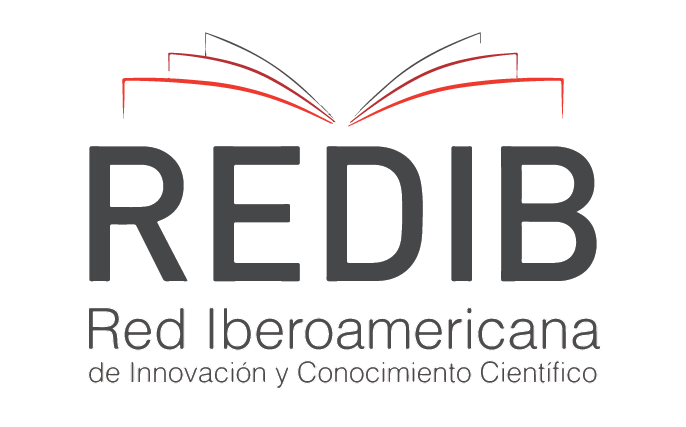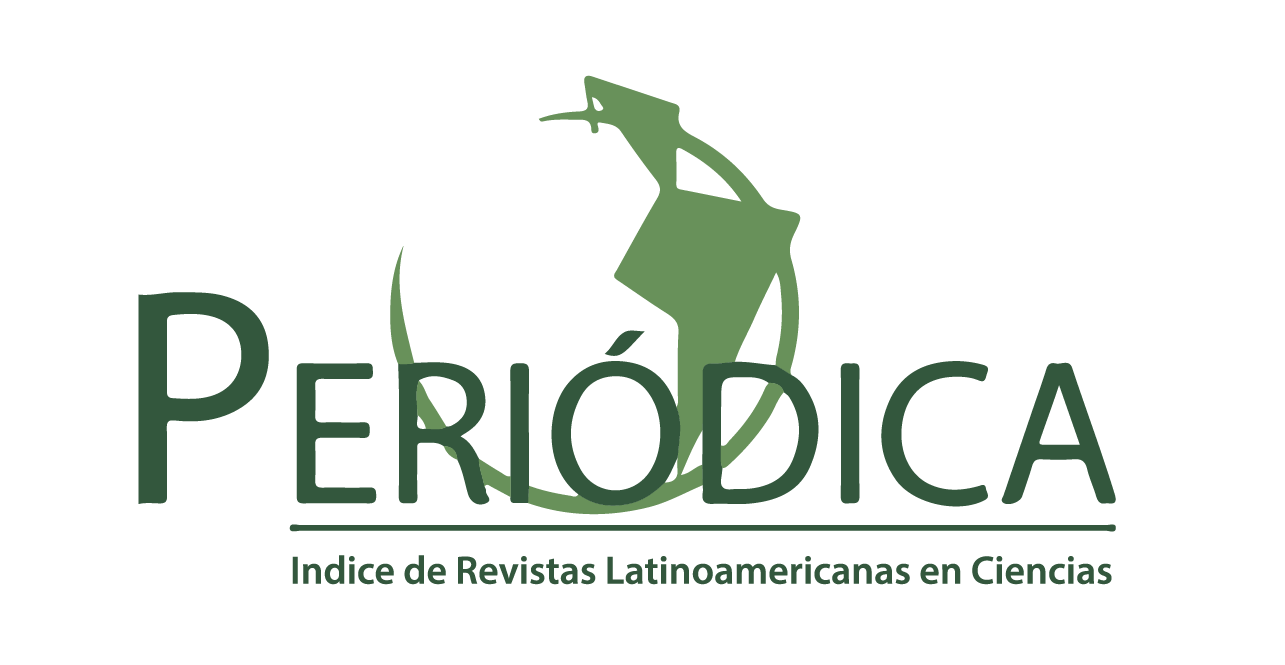APORTES DEL ANÁLISIS DE MACROFÓSILES VEGETALES A LA RECONSTRUCCIÓN PALEOAMBIENTAL EN RELACIÓN CON LOS REGISTROS POLÍNICOS DE TURBERAS DEL HOLOCENO, PATAGONIA ARGENTINA
DOI:
https://doi.org/10.5710/PEAPA.10.07.2018.250Resumen
Resumen. Las reconstrucciones del pasado se tornan más objetivas si se considera el mayor número de indicadores posible. En especial, las reconstrucciones ambientales de los últimos 20.000 años son importantes para el entendimiento de la dinámica de los sistemas naturales. Los macrofósiles vegetales tienen características que complementan el análisis polínico, permitiendo una mejor reconstrucción de la vegetación cuando se estudian en conjunto. El registro de macrofósiles acredita la llegada y la colonización local de los taxones durante el Holoceno, mientras que el registro de polen proporciona información a nivel regional. Esta información es valiosa en la reconstrucción de la vegetación local y en la determinación de los cambios en el límite de los bosques. Con el interés de realizar comparaciones directas entre el contenido de macrofósiles vegetales y de polen provenientes del mismo testigo, se analizaron tres secuencias de turbales del área del Lago Argentino previamente estudiadas. Esta integración permitió realizar una reconstrucción local y regional de los cambios en la vegetación y condiciones paleoambientales para los últimos 13.000 años cal. AP. Estos resultados ilustran como el análisis de macrofósiles vegetales (análisis taxonómicos, tafonómicos y estadísticos) en combinación con el análisis polínico proporciona un mejor entendimiento de la historia de la vegetación del área del Lago Argentino, sudoeste de Patagonia.
Palabras clave. Polen. Macrorrestos vegetales. Mallín. Lago Argentino. Cuaternario tardío.
Abstract. CONTRIBUTION OF PLANT MACROFOSSILS ANALYSIS TO THE PALEOECOLOGY RECONSTRUCTION IN RELATION TO POLLEN RECORDS FROM HOLOCENE PEATLAND SEQUENCES OF PATAGONIA, ARGENTINA. Reconstructions of the past become more objective when the largest number of possible indicators is used. Environmental reconstructions of the last 20,000 years are important to understand the dynamics of natural systems. Plant macrofossils have features that complement pollen analysis, adding new dimensions when studied in conjunction. Plant macrofossils credit the arrival and local colonization of taxa during the Holocene, while pollen records provide information at a regional level. This information is valuable in the reconstruction of local vegetation and in the determination of changes in the tree line. In order to compare plant macrofossil and pollen from the same core, three peatland sequences from Lago Argentino area previously studied were analyzed. This integration allowed a local and regional reconstruction of vegetation and paleoenvironmental conditions for the last 13,000 cal. yr BP. These results provide an example of how plant macrofossil analysis (taxonomic, taphonomic, and statistical analysis) in combination with pollen analysis results in a better understanding of the vegetation history of Lago Argentino area, southwest Patagonia.
Key words. Pollen. Plant macroremains. Mire. Lago Argentino. Late Quaternary.
Citas
Bamonte, F.P. y Mancini, M.V. 2011. Palaeoenvironmental changes since Pleistocene–Holocene transition: Pollen analysis from a wetland in southwestern Patagonia (Argentina). Review of Palaeobotany and Palynology 165: 103–110.
Barber, K.E. 1993. Peatlands as scientific archives of past biodiversity. Biodiversity and Conservation 2: 474–489.
Bennett, K.D. 2009. Psimpoll 4.27: C program for plotting pollen diagrams and analyzing pollen data. Available online from Queen’s University of Belfast. World Wide Web: http://www.chrono.qub.ac.uk/psimpoll/psimpoll.html
Birks, H.H. 1973. Modern macrofossil assemblages in lake sediments in Minnesota. En: H.J.B. Birks y R.G. West (Eds.), Quaternary plant ecology. Blackwell Scientific Publications, Oxford, p. 173–189.
Birks, H.H. 1980. Plant macrofossils in Quaternary lake sediments. Archiv für Hydrobiologie 15: 1–60.
Birks, H.H. 1994. Plant macrofossils and the nunatak theory or perglacial survival. Dissertationes botanicae 234: 129–143.
Birks, H.H. 2001. Plant Macrofossils. En: W.M. Last y J.P. Smol (Eds.), Tracking Environmental Change Using Lake Sediments. Kluwer Academic Publishers, p. 49–74.
Birks, H.H. 2007. Plant macrofossil introduction. En: S.A. Elias (Ed.), Encyclopedia Quaternary Science. Elsevier, Amsterdam, p. 2266–2288.
Birks, H.H. 2008. The late–Quaternary history of arctic and alpine plants. Plant Ecology Diversity 1: 135–146.
Birks, H.H. 2013. Plant macrofossils: introduction. En: S.A. Elias y C.J. Mock (Eds.), Encyclopedia of Quaternary science. 2da Edn. Elsevier, Amsterdam, p. 593–612.
Birks, H.H. y Birks, H.J.B. 2003. Reconstructing Holocene climates from pollen and plant macrofossils. En: A.W. Mackay, R.W. Battarbee, H.J.B. Birks, y F. Oldfield (Eds.), Global change in the Holocene. Arnold, London, p. 342–357.
Birks, H.H. y Birks, H.J.B. 2006. Multi-proxy studies in palaeolimnology. Vegetation History and Archaeobotany 15: 235–251.
Birks, H.J.B. 2014. Challenges in the presentation and analysis of plant-macrofossil stratigraphical data. Vegetation History and Archaeobotany 23: 309–330.
Birks, H.J.B. y Birks, H.H. 1980. Quaternary Palaeoecology. Arnold, London, 289 p.
Birks, H.J.B. y Seppä, H. 2010. Late-Quaternary palaeoclimatic research in Fennoscandia - a historical review. Boreas 39: 655–673.
Chambers, F.M., Mauquoy, D., Brain, S.A., Blaauw, M. y Daniell, J.R.G. 2007. Globally synchronous climate change 2800 years ago: Proxy data from peat in South America. Earth and Planetary Science Letters 253: 439–444.
Davis, M.B. 2000. Palynology after Y2K – understanding the source area of pollen in sediments. Annual Review of Earth and Planet Science 28: 1–18.
Echeverría, M.E. 2016. [Paleoecología de los bosques de Nothofagus del Sudoeste de Patagonia durante el Holoceno. Tesis Doctoral, Universidad Nacional de Mar del Plata, Argentina, 104 p. Inédita.].
Echeverría, M.E., Sottile, G.D., Mancini, M.V. y Fontana, S.L. 2014. Nothofagus forest dynamics and palaeoenvironmental variations during the mid and late Holocene, in southwest Patagonia. The Holocene 24: 957–969.
Fægri, K. e Iversen, J. 1989. Textbook of pollen analysis. 4ta Edn. J. Wiley y Sons, 314 p.
Fries, M. 1966. Lennart von Post´s pollen diagram series of 1916. Review of Palaeobotany and Palynology 4: 9–13.
García, A. 1994. Charophyta: their use in paleolimnology. Journal of Paleolimnology 10: 43–52.
Grimm, E. 2004. Tilia y TGView 2.0.2 Software. Illinois State Museum. Research and Collection Center. Springfield, USA.
Huber, U.M. y Markgraf, V. 2003. Holocene re frequency and climate change at Rio Rubens Bog, southern Patagonia. En T.T. Veblen, W.L. Baker, G. Montenegro, y T.W. Swetnam (Eds.), Fire and climatic change in temperate ecosystems of the western Americas. Ecological Studies 160. New York, Springer, p. 357–80.
Janssens, J.A. 1983. A quantitative method for stratigraphic analysis of bryophytes in Holocene peat. Journal of Ecology 71: 189–196.
Mancini, M.V. 2007. Variabilidad climática durante los últimos 1000 años en el área de Cabo Vírgenes, Argentina. Ameghiniana 44: 173–182.
Mancini, M.V. 2009. Holocene vegetation and climate changes from a peat pollen record of the forest-steppe ecotone, Southwest of Patagonia (Argentina). Quaternary Science Reviews 28: 1490–1497.
Markgraf, V. y Huber, U.M. 2010. Late and postglacial vegetation and fire history in southern Patagonia and Tierra del Fuego. Palaeogeography, Palaeoclimatology, Palaeoecology 297: 351–366.
Mauquoy, D., Blaauw, M., van Geel, B. et al. 2004. Late Holocene climatic changes in Tierra del Fuego based on multiproxy analyses of peat deposits. Quaternary Research 61: 148–158.
Mauquoy, D., Hughes, P. y Van Geel, B. 2010. A protocol for plant macrofossil analysis of peat deposits. Mires and Peat 7: 1–5.
Moore, D.M. 1978. Post-glacial vegetation in the South Patagonian territory of the giant ground sloth, Mylodon. Botanical Journal of the Linnean Society 77: 177–202.
Moreno, P.I., Francois, J.P., Villa-Martínez, R.P. y Moy, C.M. 2009. Millennial-scale variability in Southern Hemisphere westerly wind activity over the last 5000 years in SW Patagonia. Quaternary Science Reviews 28: 25–38.
Nathorst, A.G. 1870. Om några arktiska växtlämningar I en sötvattenslera vid Alnarpi Skåne. Lunds Universitet Årsskrift 7–17. [Sueco].
Pérez Moreau, R.A. 1959. Reseña botánica sobre el Lago Argentino. 1st. Edn., Instituto Nacional del Hielo Continental Patagónico, Buenos Aires, 35 p.
Pisano Valdés, E. y Dimitri, M.J. 1973. Estudio Ecológico de la Región Continental Sur del área Andino-Patagónica. Anales del Instituto de la Patagonia 4: 207–271.
Savoretti, A., Fernández, D.A., Iglesias, A. y Ponce, J.F. 2017. Aportes metodológicos para el análisis cuantitativo de macrorrestos de briofitas en turberas. Boletín de la Sociedad Argentina de Botánica 52: 371–381.
Schäbitz, F. 1991. Holocene vegetation and climate in Southern Santa Cruz, Argentina. Bamberger Geographische Schriften 11: 235–244.
Seppä, H. 2007. Pollen analysis, Principles. En: S. Elias (Ed.), Encyclopedia of Quaterrnary Science. Elsevier, Amsterdam, p. 2486–2497.
Sottile, G. 2014. [Historia de la vegetación vinculada a disturbios de incendios durante el Holoceno en el ecotono bosque-estepa de Santa Cruz, Argentina. Tesis Doctoral, Universidad Nacional de Mar del Plata, Argentina, 145 p. Inédita.].
Sottile, G.D., Echeverría, M.E., Mancini, M.V., Bianchi, M.M., Marcos, M.A. y Bamonte, F.P. 2015. Eastern Andean environmental and climate synthesis for the last 2000 years BP from terrestrial pollen and charcoal records of Patagonia.Climate of the Past, open discussion 11: 2121–2157.
Strelin, J.A. y Malagnino, E.C. 2000. Late-Glacial history of Lago Argentino, Argentina, and age of the Puerto Banderas moraines. Quaternary Research 54: 339–347.
Strelin, J.A., Kaplan, M.R., Vandergoes, M.J., Denton, G.H. y Schaefer, J.M. 2014. Holocene glacier history of the Lago Argentino basin, Southern Patagonian Icefield. Quaternary Science Review 101: 124–145.
Tonello, M.S., Mancini, M.V. y Seppä, H. 2009. Quantitative reconstruction of Holocene precipitation changes in southern Patagonia. Quaternary Research 72: 410–420.
Tralau, H. 1963. The recent and fossil distribution of some boreal and arctic montane plants in Europe. Arkiv für Botanik 5: 533–582.
Van der Putten, N., Stieperaere, H. y Verbruggen, C. 2004. Holocene palaeoecology and climate history of South Georgia (sub-Antarctic) based on a macrofossil record of bryophytes and seeds. The Holocene 14: 382–392.
Van der Putten, N., Verbruggen, C., Björck, S., de Beaulieu, J.L., Barrow, C.J. y Frenot, Y. 2012. Is palynology a credible climate proxy in the Subantarctic?. The Holocene 22: 1113–1121.
Villa-Martínez, R.P. y Moreno, P.I. 2007. Pollen evidence for variations in the southern margin of the westerly winds in SW Patagonia over the last 12,600 years. Quaternary Research 68: 400–409.
Walker, D. y Walker, P.M. 1961. Stratigraphic Evidence of Regeneration in Some Irish Bogs. Journal of Ecology 49: 169–185.
Watts, W.A. y Winter, T.C. 1966. Plant macrofossils from Kirchner Marsh, Minnesota – a paleoecological study. Geological Society of America Bulletin 77: 1339–1360.
Wille, M. y Schäbitz, F. 2009. Late-Glacial and Holocene climate dynamics at the steppe-forest ecotone in southermost Patagonia, Argentina: the pollen record from a fen near Brazo Sur, Lago Argentino. Vegetation history and Archeobotany 18: 225–234.

Descargas
Archivos adicionales
Publicado
Número
Sección
Licencia
Derechos de autor 2018 Publicación Electrónica de la Asociación Paleontológica Argentina

Esta obra está bajo una licencia internacional Creative Commons Atribución-SinDerivadas 4.0.

Los/las autores/as conservan los derechos de autor/a y garantizan a la revista el derecho de ser la primera publicación del trabajo licenciado bajo una licencia CC Attribution-NonCommercial 4.0 que permite a otros/as compartir el trabajo con el reconocimiento de la autoría y de la publicación inicial en esta revista.






















